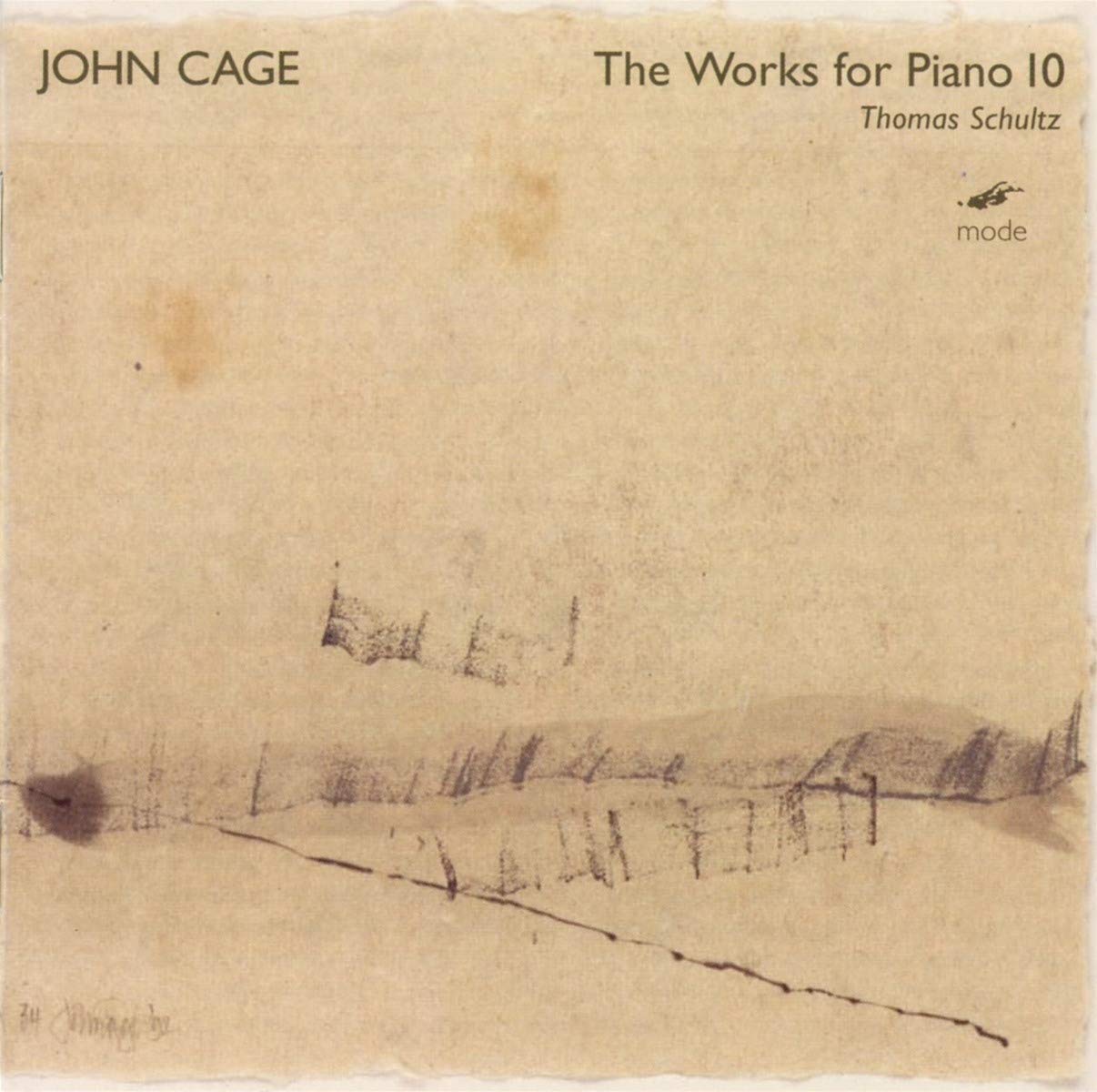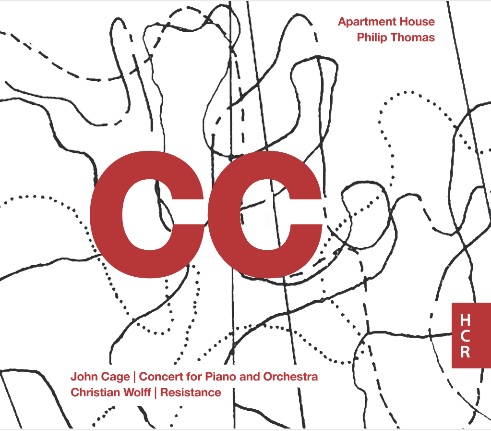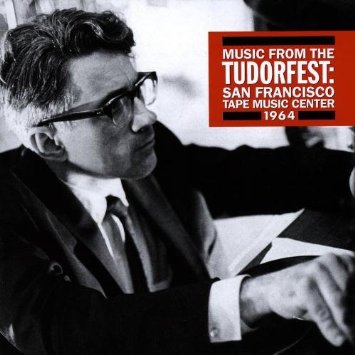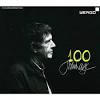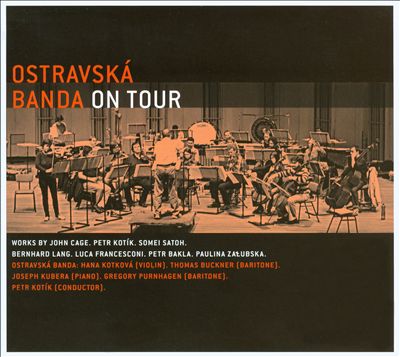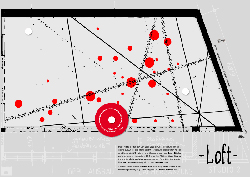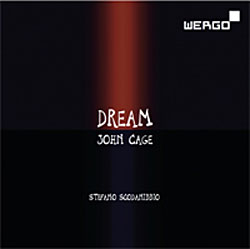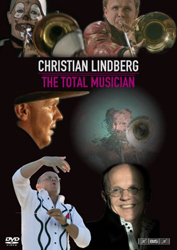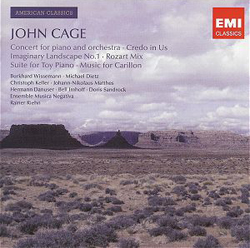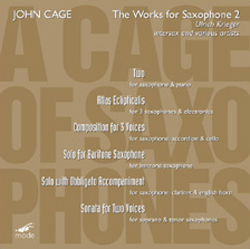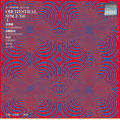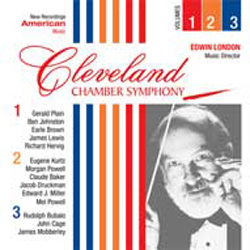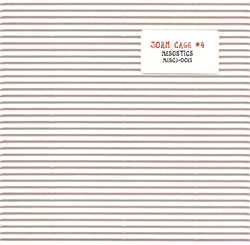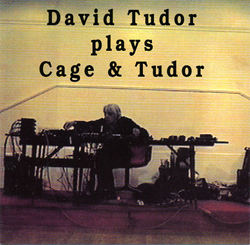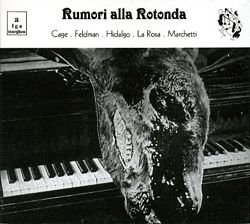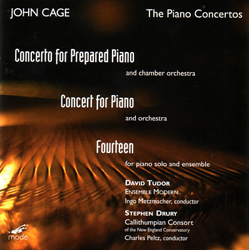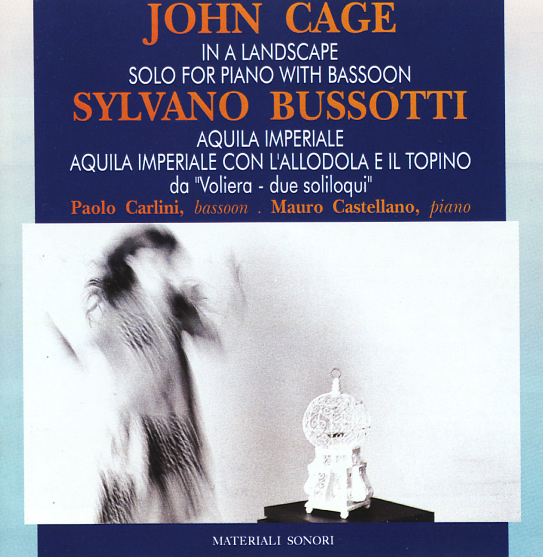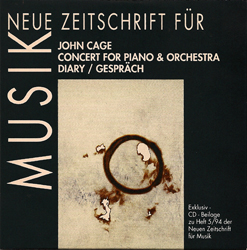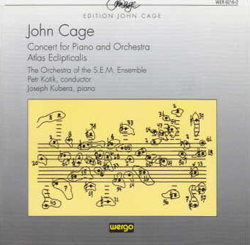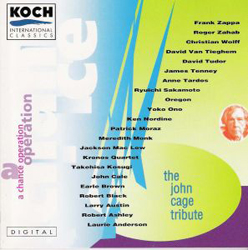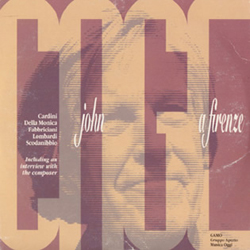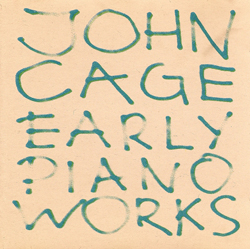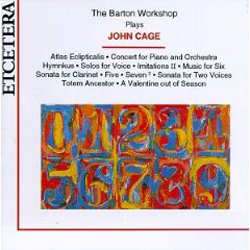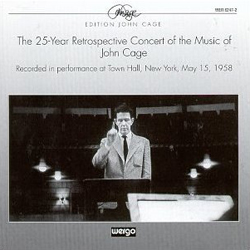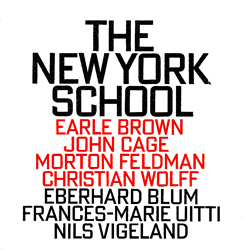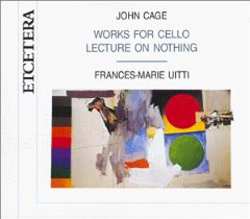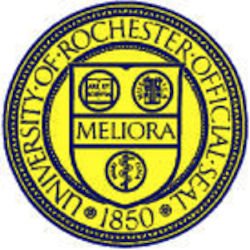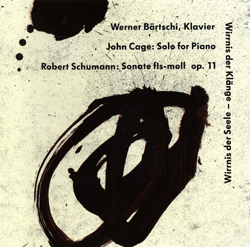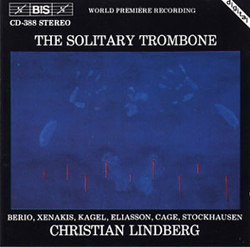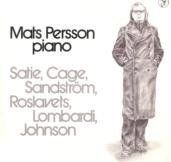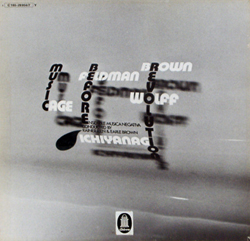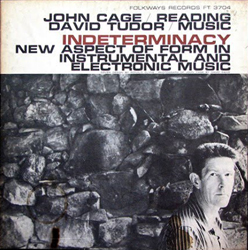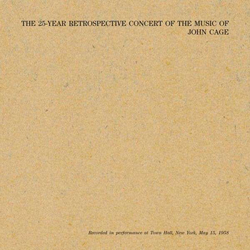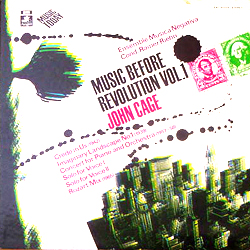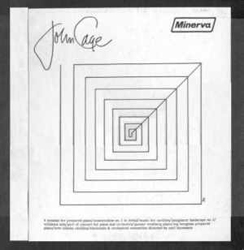| ← Back to Works Index | |||
|
Work Title Concert for Piano and Orchestra |
|||
|
Date Composed between 1957 and 1958. Premiered in New York, May 15, 1958. |
|
Ensemble Type Orchestra |
|
Work Length Indeterminate |
|
Instrumentation For any solo or combination of piano, flute, clarinet, bassoon, trumpet, trombone, tuba, 3 violins, 2 violas, cello,and double bass, with optional conductor. Parts also available on rental. See also Aria (EP 6701), Solo for Voice 1 (EP 6750) and 2 (EP 6751), Fontana Mix (EP 6712), and WBAI (EP 6772). |
|
Comments This work comprises 63 pages to be played, in whole or in part, in any sequence, involving 84 'types' of composition. To be performed, in whole or in part, in any duration, with any number of the above performers, as a solo, chamber ensemble, symphony, concert for piano and orchestra, aria, etc. Publication numbers listed above are, in sequence, for solo piano, individual parts, and conductor (optional). This work was used as music for the choreographed piece by Merce Cunningham entitled Antic Meet, with stage decors and costume design by Robert Rauschenberg. Concert for Piano and Orchestra has no score, but rather consists of highly detailed parts. Any performance may include all of the instruments, but the work may also be performed as a solo, duet, trio, etc. Should this occur, the title should be changed to reflect the chosen instrumentation, i.e. Solo for Piano. The notation of each part uses a system wherein space is relative to time. The amount of time is determined by the musician and then altered during performance, by the conductor, whose role is to act as a chronometer on the podium whose arms simulate the movement of the hands of a clock. Notes are of 3 sizes, and may refer to duration or amplitude or both, interpreted by the performer. This work is a tour de force compilation of then contemporary compositional practices, with each of its solos involving as many playing techniques as possible. The part for pianist, for example, is an aggregate of 84 different kinds of notation, written on 63 pages, and composed using 84 different compositional techniques. The pianist may play the material in whole or in part, choosing any notations, elements, or parts, and playing them in any order. Cage’s composing means involved chance operations, as well as the use of the imperfections found in the paper upon which the music was written. This work may be performed alone, or in combination with Solo for Voice 1, Solo for Voice 2, Fontana Mix, Aria, Indeterminacy, Song Books, and/or other related indeterminate pieces such as Variations I and II. |
|
Dedicatee(s) Elaine de Kooning |
|
Publication Peters Edition EP 6705, EP 6705a-m, EP 6705n |
